MOSES WITH THE PEOPLE OF ISRAEL
KARL MÜLLER
Darmstadt 1818–1893 Bad Neuenahr
Pencil on paper, signed "Karl Muller 1880 November"
30 x 51 cm / 11.8 x 20.1 inches; unframed, signed lower right: Karl Muller 1880 November
PROVENANCE
Austria, private collection
Determining the subject of a work of art can sometimes be a real challenge. This was precisely the case when I acquired this drawing. At first glance, I was convinced that it depicted a scene from the New Testament. However, my friend, Mikhail Pyzhov, a clergyman, noticed an important detail: the main character emits a radiance in the form of horns. This distinctive visual element clearly identifies Moses, meaning we are looking at an episode from the Old Testament.
The next step was to establish the specific event being depicted. The absence of the Tablets of the Covenant in Moses’ hands ruled out the scene of his descent from Mount Sinai. Instead, this drawing captures another moment—Moses addressing the people of Israel with his teachings. This scene corresponds to the passage from Deuteronomy:
"Hear, O Israel: The Lord our God, the Lord is one.
Love the Lord your God with all your heart and with all your soul and with all your strength.
These commandments that I give you today are to be on your hearts.
Impress them on your children. Talk about them when you sit at home and when you walk along the road, when you lie down and when you get up." (Deuteronomy 6:4-9)
Religious painting played a central role in the work of Karl Müller, the artist behind this drawing. A representative of the Düsseldorf School, he sought to convey deep spirituality and exalted symbolism in his works. His artistic style was shaped under the influence of the Nazarene movement, with whom he became acquainted during his travels in Italy. Later, Müller actively participated in church murals and taught historical painting at the Düsseldorf Academy of Arts, where his work gained wide recognition.
This drawing, created in 1880, is signed and dated: "Karl Muller 1880 November." It stands as a striking example of late 19th-century religious art, showcasing the era’s characteristic attention to detail, spiritual depth, and refined artistic technique.








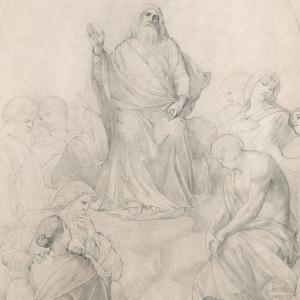









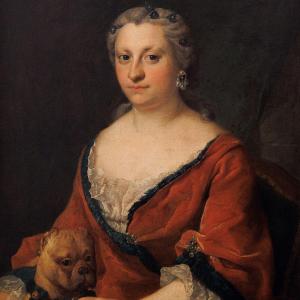
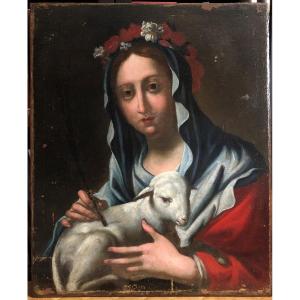
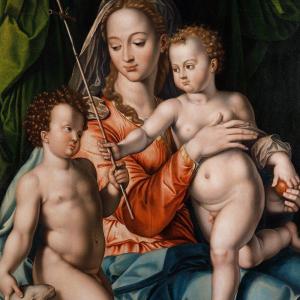
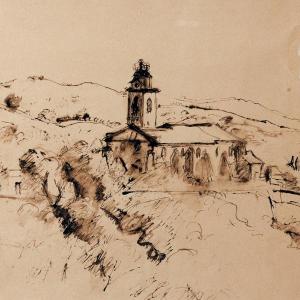





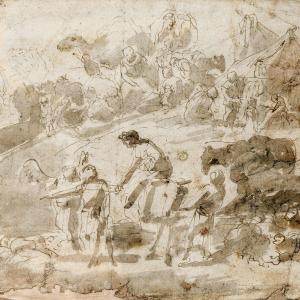

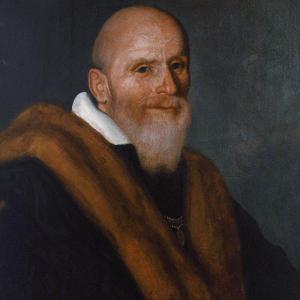




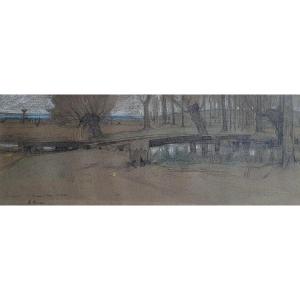



 Le Magazine de PROANTIC
Le Magazine de PROANTIC TRÉSORS Magazine
TRÉSORS Magazine Rivista Artiquariato
Rivista Artiquariato